Using the 'real bone' has two most important advantages:
I. Restore bond stock
Reconstruct bones with real bones that contain protein and self-activate the structure will make the bones last longer
II. Biological union
With the growth of stem cells and bone cells, the transplanted bones could be healed naturally and will last longer.
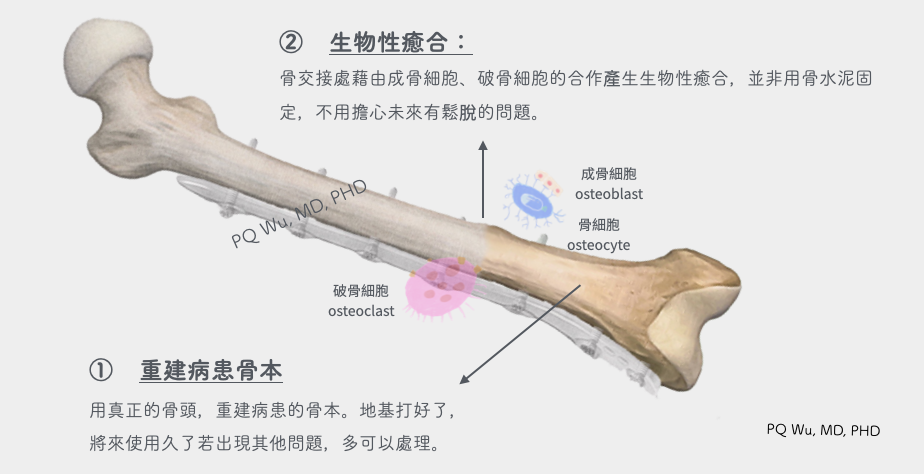
The reconstructed bones are initially inactive bone structures, but after a few months to a few years, there will be parts where new blood vessels and bone cells gradually grow. Once these bone structures are activated and regenerated, they become the same as the real bones.
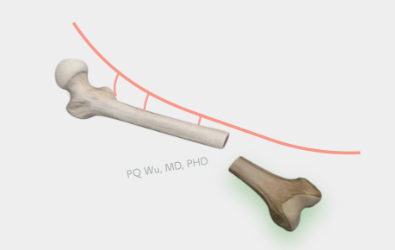
Step1: Bone defect transplantation using allograft bone or recycled autograft bone
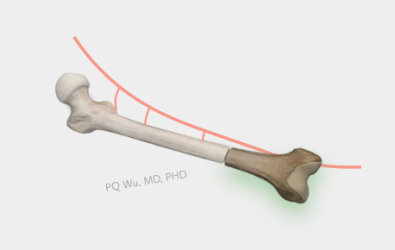
Step 2: Initial bone lacks blood supply and is inactivated
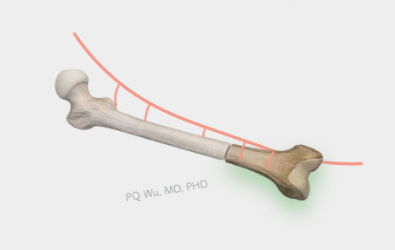
Step 3: After a few weeks, blood vessels gradually grow into the transplanted bone
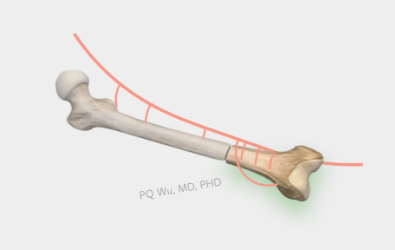
Step 4: months or years later, the transplanted bone is activated
The reconstructed bones will biologically unite with the patient's original bones in an average of six to twelve months. Biological union, like bone healing after general fractures, generates new bones through the action of osteoblast and osteoclast. Bone cement is not used for fixation compared to tumor prosthesis. Once healed, the reconstructed bone does not loosen.
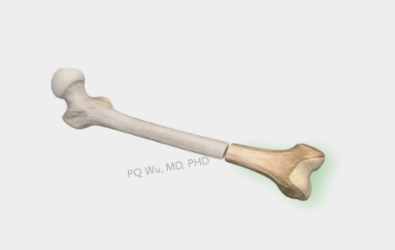
Step1: Bone defect transplantation using allograft bone or recycled autograft bone
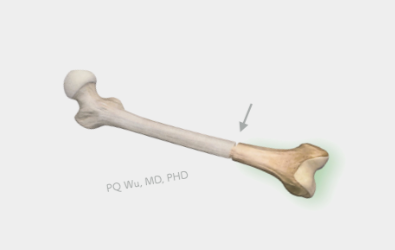
Step 2: After a few weeks, the osteotylus forms at the periosteum
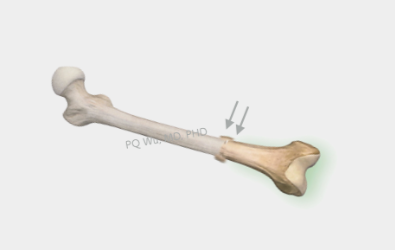
Step 3: Within a few months, the osteotylus thickens, and the patient begins to bear weight partially
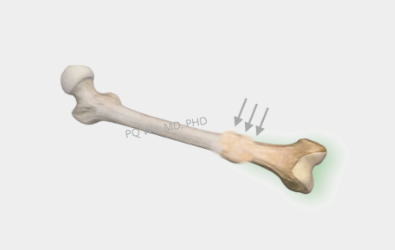
Step 4: After a few years, the osteotylus grows completely, and the boundary is more stable
Because of these two advantages, biological reconstruction has always been the most commonly used reconstruction method in our Therapeutical and Research Center of Musculoskeletal Tumor at Taipei Veterans General Hospital, Taipei. Between 1998 and 2021, we have performed biological reconstructions in more than 500 patients with highly malignant osteosarcoma. (Which equals to 255 nights for burning the midnight oil!)
The advantages of tumor prosthesis lie in the rapid surgical process, the benefit of immediate weight carrying after surgery, and fewer concerns about bone healing problems. However, over time, it is easy to loosen, wear, tear, and result in bone loss, toughening the reconstruction process afterward. Biological reconstruction is the opposite. Crutches are needed in the initial phase, and non-healing complications may follow, but over time, the bone can be used completely for a long time after the bone is activated!
However, relative to the use of tumor prosthesis, biological reconstruction requires physicians to have considerable experience and more sophisticated skills and two to three hours more of the surgery time. In addition, the patient will need to use crutches for a while because the reconstructed bones will need more than six to twelve months to integrate with the patient's original bones fully. However, when it comes to the benefits brought after healing, the hard work of these physicians and patients is eventually worthy!
There are two sources of bones used for biological reconstruction
Angel's skeleton
Allogeneic bone, donated by a donor with angel's love
Skeleton from parents
Autogenous bone, removal of tumor cells done by surgeon to restore clean bones with good structure
I will share more details in the following articles


